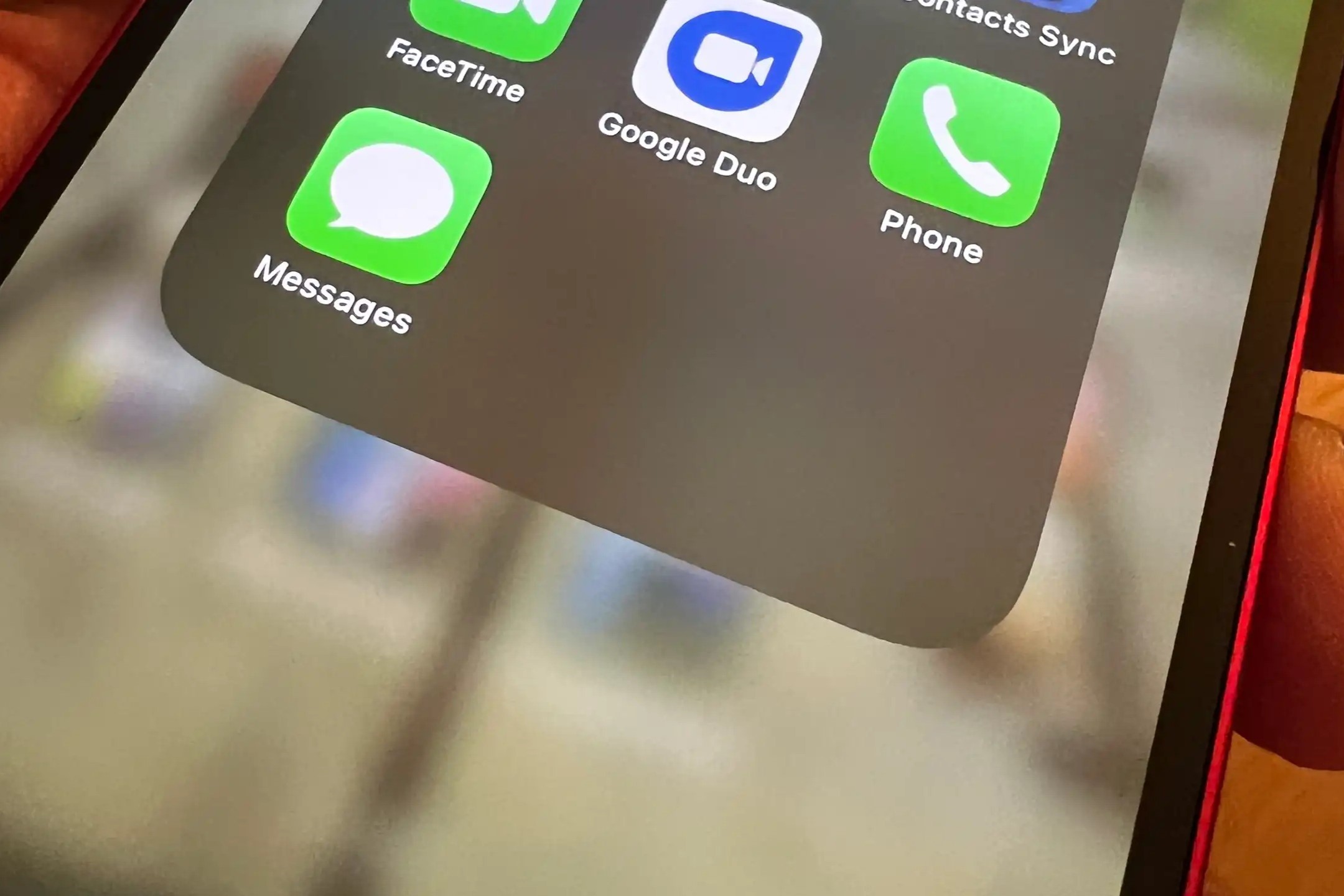
Understanding the Basics
Before diving into troubleshooting, understanding how messaging works on an iPhone is crucial.
- iMessage vs. SMS/Text Messages: iMessage allows communication between Apple devices. SMS and MMS messages can be sent to any phone.
- Network Requirements: iMessage needs a stable internet connection, either Wi-Fi or cellular data. SMS and MMS messages rely on a cellular network.
- Settings Configuration: Ensure your iPhone is set up correctly for messaging by checking the settings in the Messages app. Enable iMessage and ensure your phone number is listed under "Send & Receive."
Common Issues and Solutions
Check Your Network Connection
A poor or non-existent network connection often causes messaging issues. Here’s how to check and resolve this:
- Verify Cellular Signal: Look at the top of your screen for signal bars. Weak or no bars may require improving your cellular signal or switching networks.
- Switch Airplane Mode On and Off:
- Go to Settings.
- Turn on Airplane Mode.
- Wait for 10 seconds.
- Turn Airplane Mode off.
- Use Wi-Fi: If available, connect to a nearby Wi-Fi network:
- Go to Settings.
- Tap on Wi-Fi.
- Connect to an available network.
Ensure iMessage is On and Set Up Correctly
If using iMessage, make sure it’s turned on and set up correctly:
- Check iMessage Status: Go to Settings > Messages and ensure iMessage is turned on. If it says “Waiting for activation” or “Activation unsuccessful,” refer to Apple's guide on troubleshooting iMessage activation issues.
- Verify Phone Number/Email: In the “Send & Receive” section of Messages settings, ensure your phone number or email address is listed and checked. This allows receiving iMessages.
- Process of Elimination: Turn off your mobile number or email address in the list of places where you can Send & Receive from. This helps determine if the issue is specific to one of these addresses.
Restart Your iPhone
Sometimes, simply restarting your iPhone can resolve the issue:
- Restart Process: Press and hold the power button until the "Slide to Power Off" slider appears. Slide it to the right to turn off your iPhone. Wait for about 10 seconds, then press and hold the power button again until the Apple logo appears.
Update Your iPhone
Outdated software can cause various issues, including messaging problems:
- Check for Updates: Go to Settings > General > Software Update. If an update is available, tap "Download and Install."
Check Your Storage
Full storage can cause your iPhone to malfunction, including issues with sending messages:
- Check Storage Usage: Go to Settings > [your name] > Storage & iCloud Usage. Check which apps are using the most storage space and consider deleting or offloading them.
Reset Network Settings
Resetting network settings might help resolve the issue without causing data loss:
- Reset Network Settings: Go to Settings > General > Reset > Reset Network Settings. Confirm the action and wait for your iPhone to reboot.
Turn Off LTE
Some carriers may not allow simultaneous internet browsing and calling/texting over LTE:
- Turn Off LTE: Go to Settings > Cellular/Mobile Data > Cellular/Mobile Data Options > Enable LTE. Toggle off Enable LTE or switch it to Data Only.
Sign Out of Apple ID and Re-sign In
Signing out of your Apple ID and re-signing in can sometimes resolve issues related to messaging:
- Sign Out: Go to Settings > Messages > Send & Receive. Tap on your Apple ID at the top of the page and choose Sign Out. Wait for a few seconds and then sign back in.
Advanced Troubleshooting Steps
If the above steps do not resolve the issue, more advanced troubleshooting may be necessary:
Check for Red Exclamation Marks
If a red exclamation mark with a circle appears next to an undelivered message, tap on it and choose "Try Again." If it still doesn't work, tap on the exclamation mark and choose "Send as Text Message."
Verify Date and Time
Ensure your iPhone's date and time are set correctly. Incorrect settings can prevent proper activation:
- Check Date and Time: Go to Settings > General > Date & Time. Ensure the correct date and time are set.
Check SIM Card
If your carrier requires a SIM card for texting, ensure it is properly inserted and functioning correctly:
- Check SIM Card: Remove the SIM card and reinsert it. If using a different SIM card, try switching back to the original one.
Additional Tips
Use Third-Party Apps
Sometimes, third-party messaging apps can help send messages even if the native Messages app is not working:
- Install Third-Party Apps: Download and install third-party messaging apps like WhatsApp or Signal. These apps often have different requirements for sending messages and might bypass any issues with the native Messages app.
Contact Your Carrier
If none of the above steps resolve the issue, it might be a problem with your carrier's network:
- Contact Carrier: Reach out to your carrier's customer support to check if there are any issues with their network that could be causing your messaging problems.
